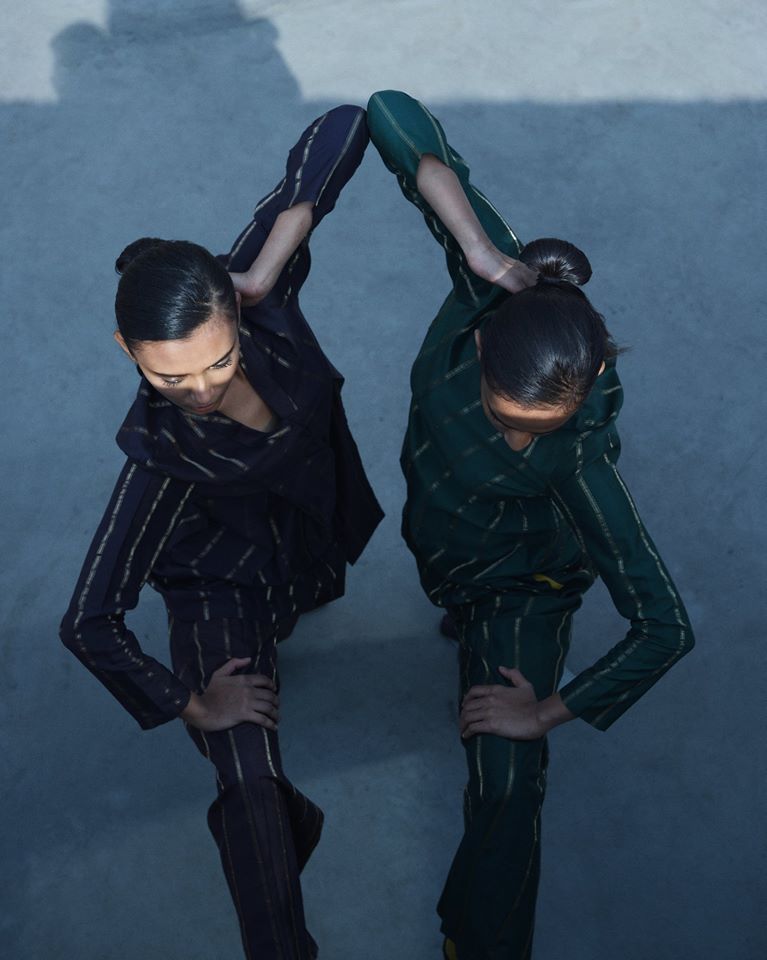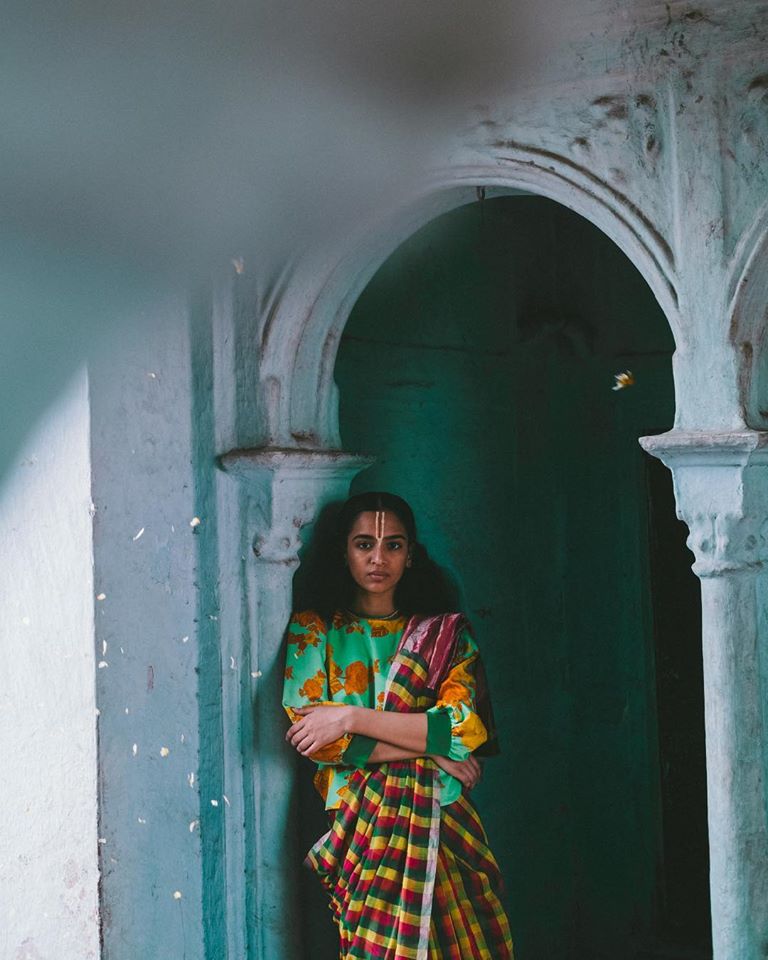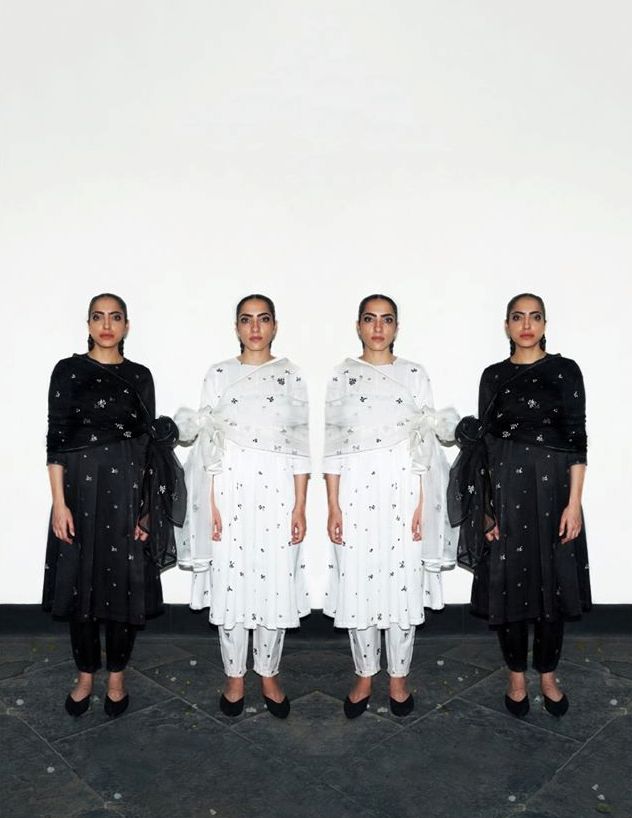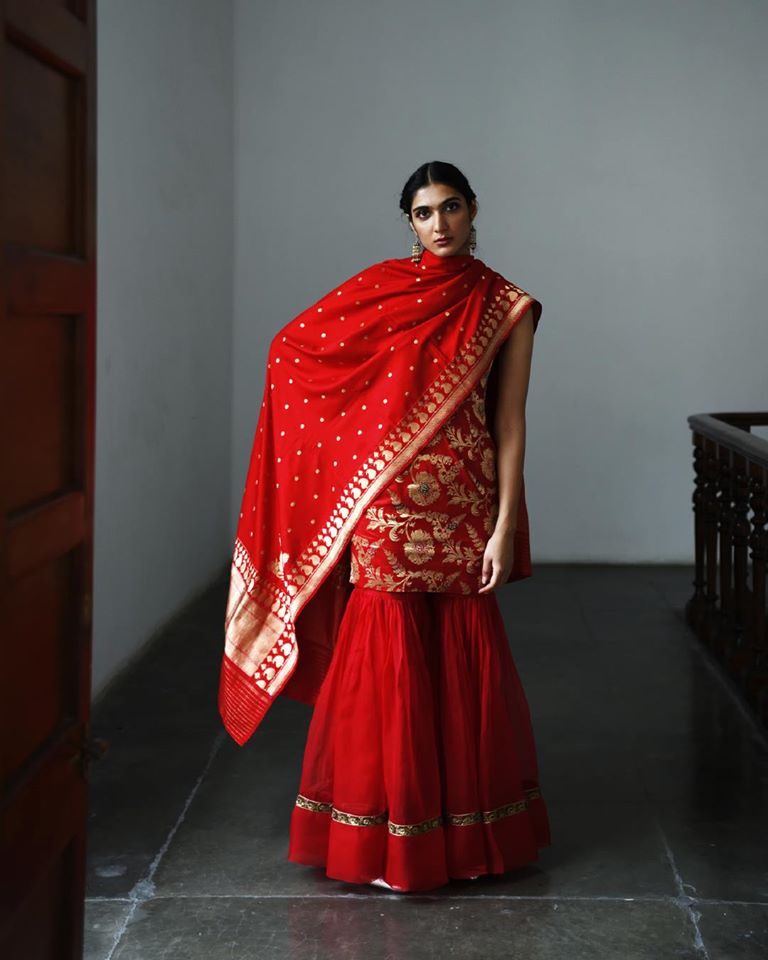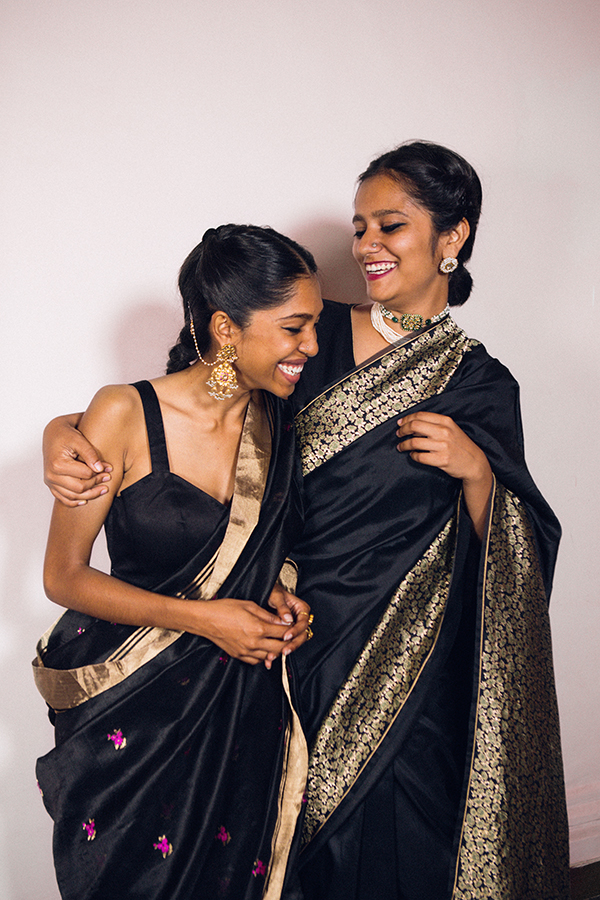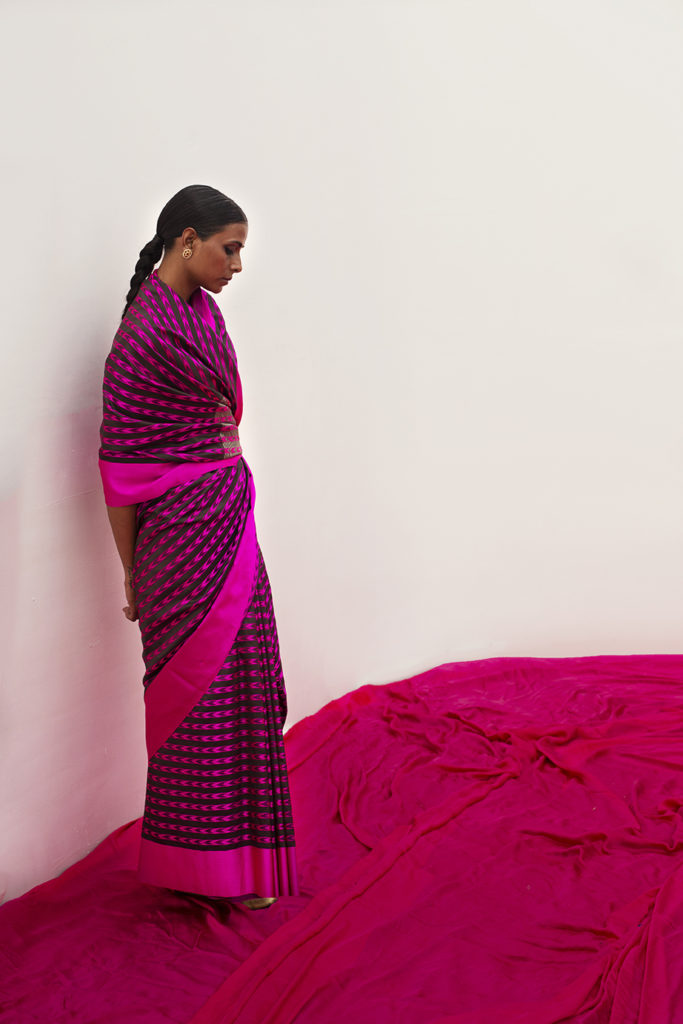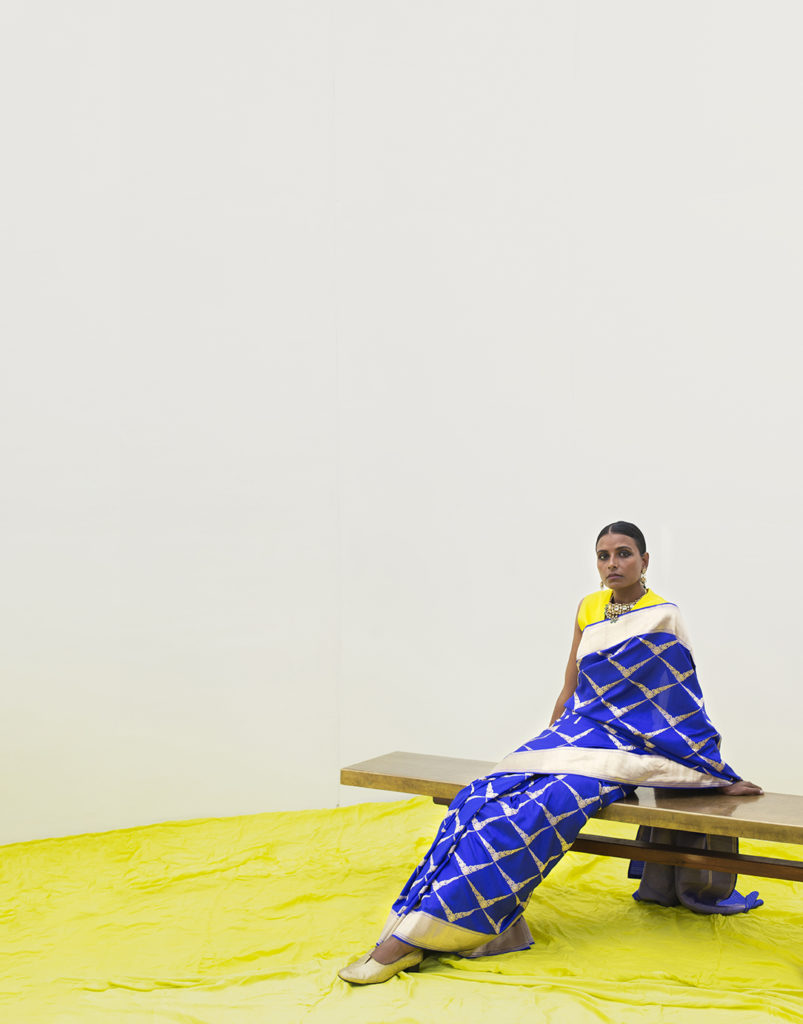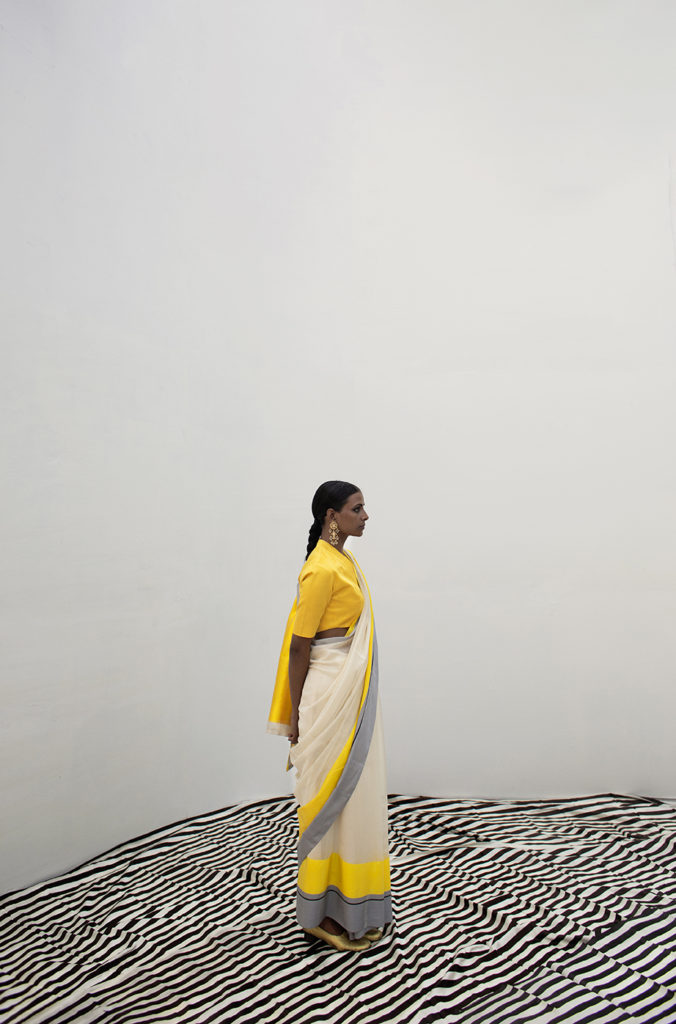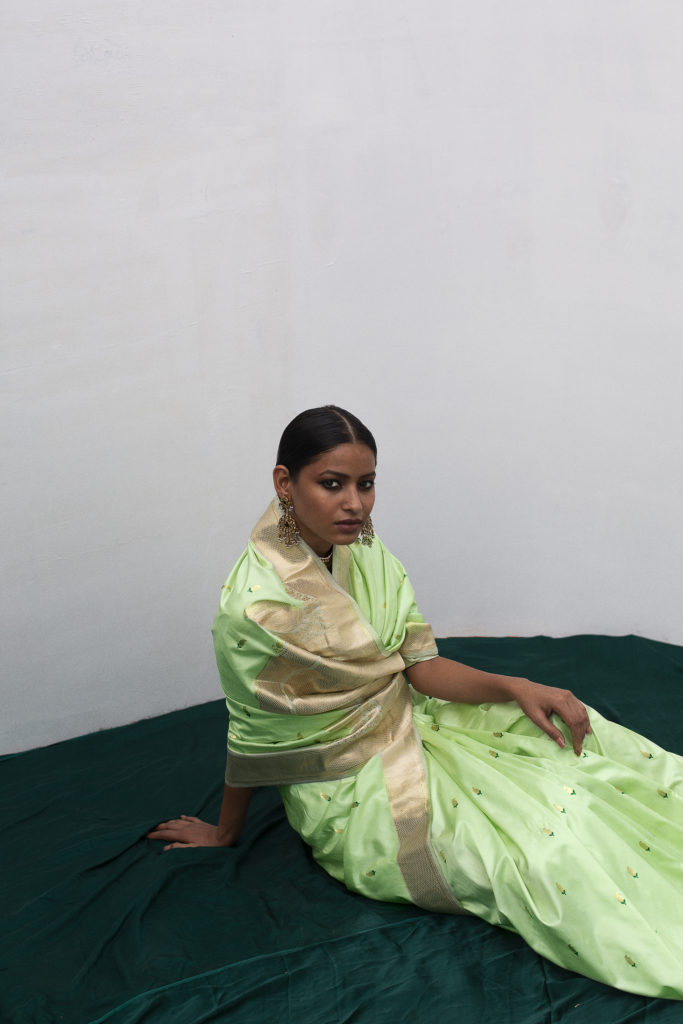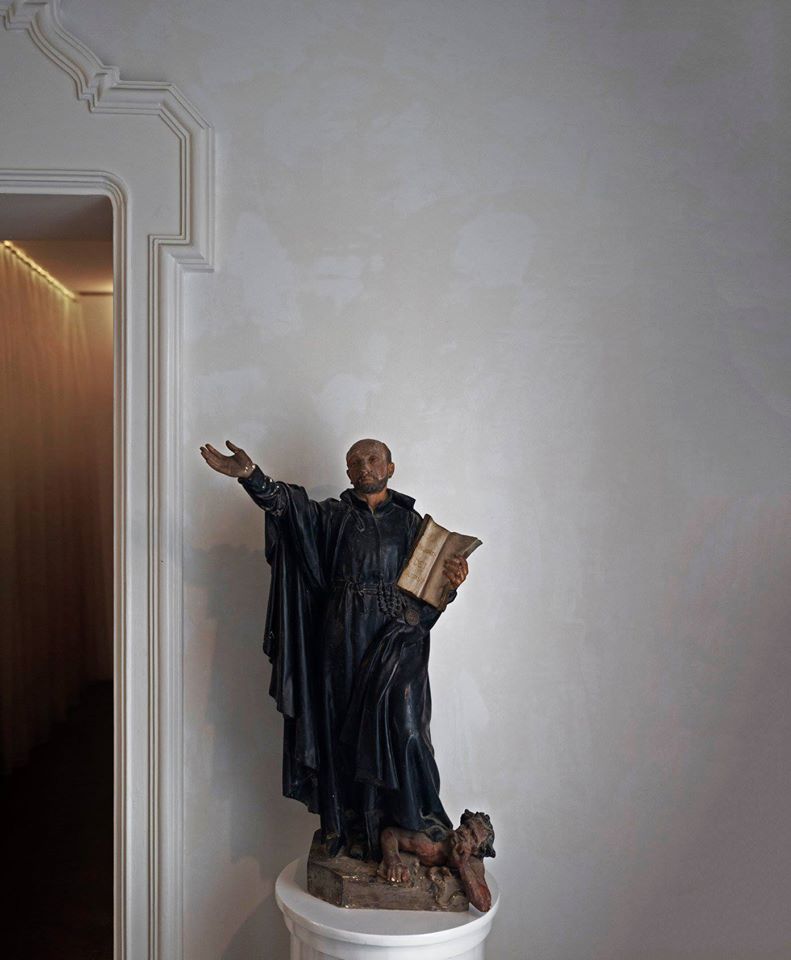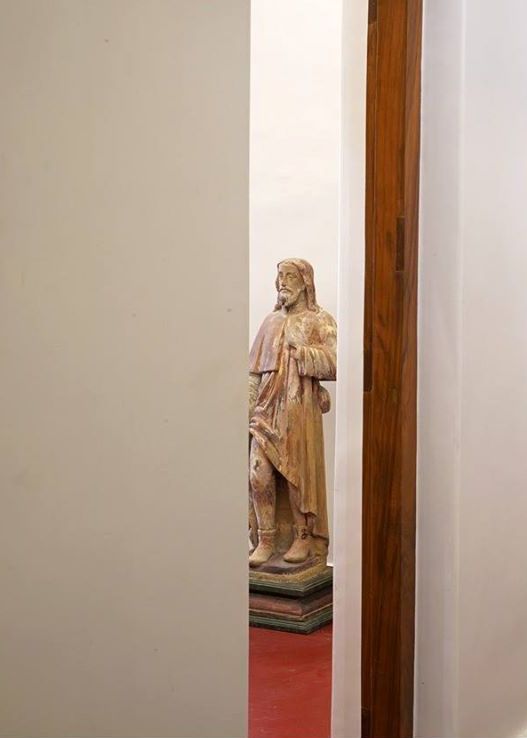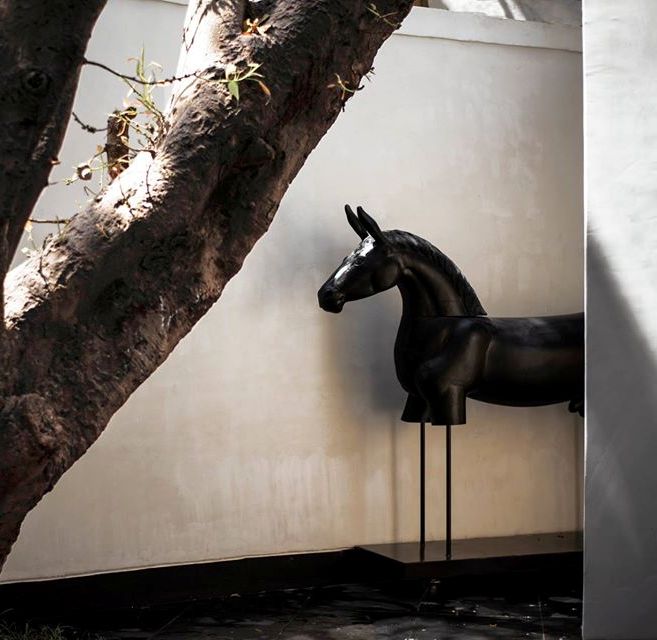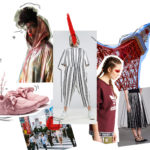- November 11, 2019
- FASHION + SHOPPING
Raw Mango’s Sanjay Garg Speaks About Textiles and Travels
An emotionally-charged renaissance of traditions!
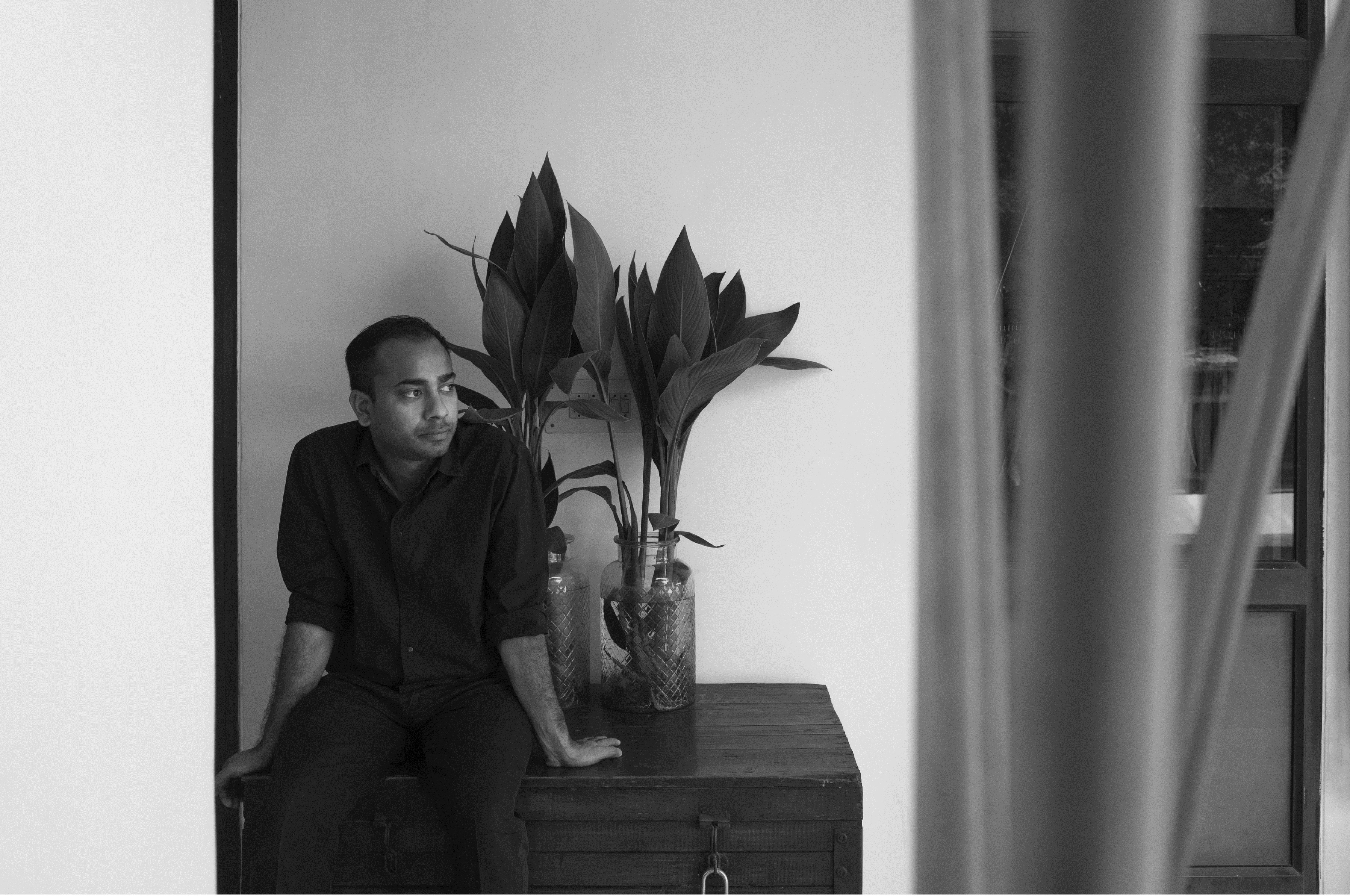
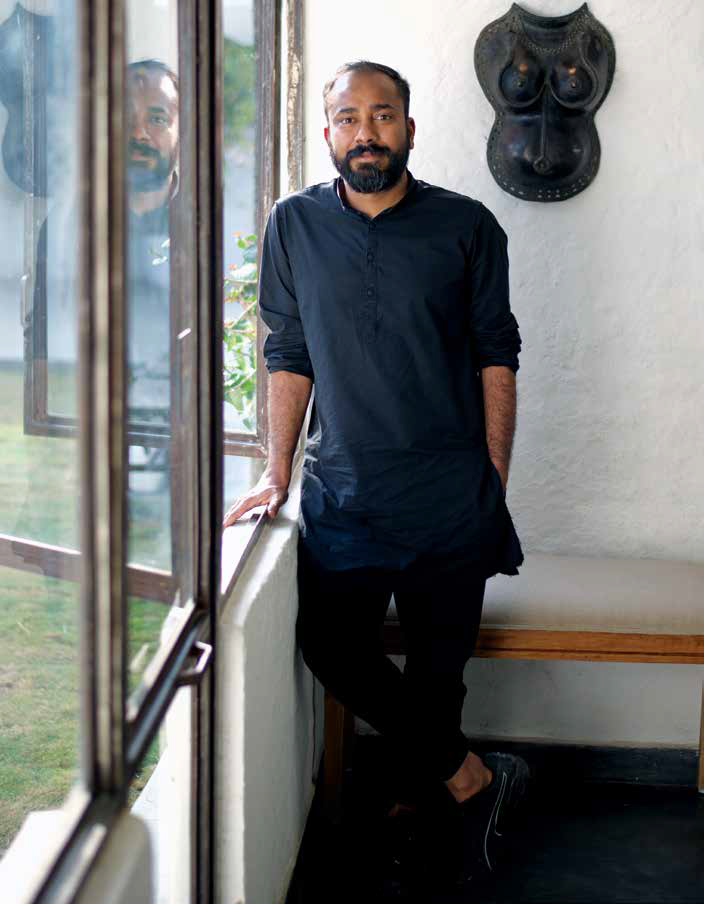
Born out of an idea to reconsider Indian fashion and design with a balance of tradition and modernity, Raw Mango completed a decade this year. And in a very honest way, Sanjay Garg (Textile Designer & Founder, Raw Mango) has managed to showcase traditional Indian textiles as a metaphor for minimalism and lightness as opposed to many, many opulent layers of decadent details in this last decade. His journey as a textile designer and revivalist has always been tied to his initial thoughts of making women relate to saris through simplicity and individuality in which his choice of intense, bright colours (Rani, Gulabi, Totaiyi, Lime and more), and fresh and modern imagery (with a side of heritage) have helped make the very luxurious and ethereal Raw Mango a wardrobe essential of so many women in India and abroad. And here, in a chat with Runway Square writer – Karishma Gulyani, he shares how his sheer passion for Indian handlooms has been a leading light for Raw Mango as well as his travels.
A compilation of Raw Mango’s soul-stirring and poetic collection campaigns from last one year
Runway Square: How did your affair with handlooms and textiles begin? What was the starting point?
Sanjay Garg: Craft school in Jaipur (IICD) provided a great foundation and exposed me to the depths of design. However, it was at NIFT that I developed the sensibilities of textile design. I then worked for Shades Of India for a couple of years. After which I wanted to go abroad and study further – to pay for that, I started taking small projects individually. One such project was the Chanderi Cluster Development Programme. I came in contact with the weavers through this and once that happened, I didn’t see any reason in going to the West and then, of course, Raw Mango started in 2008 which has always been about adding value and innovating on the loom. The journey of Raw Mango began with exploring the Chanderi textile followed by the rich and intricate Varanasi brocades and Mashru.
RSQ: Which is your favorite Indian textile to work with? And why?
Sanjay Garg: Mashru happens to be my favourite textile to work with since it’s the closest to my personal DNA.
RSQ: What does Raw Mango symbolize?
Sanjay Garg: Like the name suggests, ‘Raw Mango’ speaks to the unripe and imperfect idea of beauty and similarly this embodies my vision and journey in India and also my hometown, Rajasthan.
RSQ: Raw Mango has entered its 11th year. Up until now, what has been the most challenging aspect of working with textiles? And most inspiring?
Sanjay Garg: The need to focus on the development and longevity of our craft, textiles, and heritage – it’s not just about fashion, textile and handloom, but the way forward needs to speak to many communities and the human condition. And it is important to recognize the value on a larger/national scale as well as regional.
ANGOORI – FESTIVE 2019
RSQ: Travel seems to be quite a part of your research and design methodology. How have the art and culture of the places that you have traveled to inspire your design process?
Sanjay Garg: As a designer, inspirations and influences from art & culture are always present whether I am traveling or not. It does not come and go, it’s an ongoing process and it can come from anywhere – a person, house or a moment.
RSQ: You are known to have an exquisite collection of textiles. How far have you traveled in search of these beautiful pieces?
Sanjay Garg: I have travelled everywhere and anywhere I have gotten the chance to for my love of collecting textiles and antique objects.
A mix of antiques and pieces from the personal collection of Sanjay Garg can be found throughout Raw Mango stores in India
RSQ: When and where did you go for your last holiday to break away from round-the-clock madness of the industry and to gather some peace and inspiration?
Sanjay Garg: I like the madness! Recently, I have been trying to integrate travel within my work. Like we just hosted an exhibition in the US between which I took a few days to travel and explore.
RSQ: Lastly, over the past few years, the industry, as well as the consumers, has shown a lot of interest in handlooms and textiles. And they have even managed to shed light on weavers and artisans. But do you feel we are doing enough and are on the right path?
Sanjay Garg: Handloom speaks to many communities and the human condition. We tend to express this as ‘us working with them’; though I believe breaking this distinction is critical. The sooner we begin to address this as ‘us’, it will be easier to recognize the value and changes that need to be made in this sector. Textile Historian Rahul Jain once said ‘if equitability was a real concern in India, say, via a wage increase that reflects the 21st-century valuation of traditional crafts skills and labour, a lot of private players in the field would simply exit. Their profits would fall dramatically.” I remind myself of this often, after all our challenge is to build a business in design while recognizing everyone’s value.
Hello! The Runway Square team is excited that you’re here and we would love to hear what you have to say about this story. Leave a comment below or holler at us on Facebook, Twitter or Instagram :*

